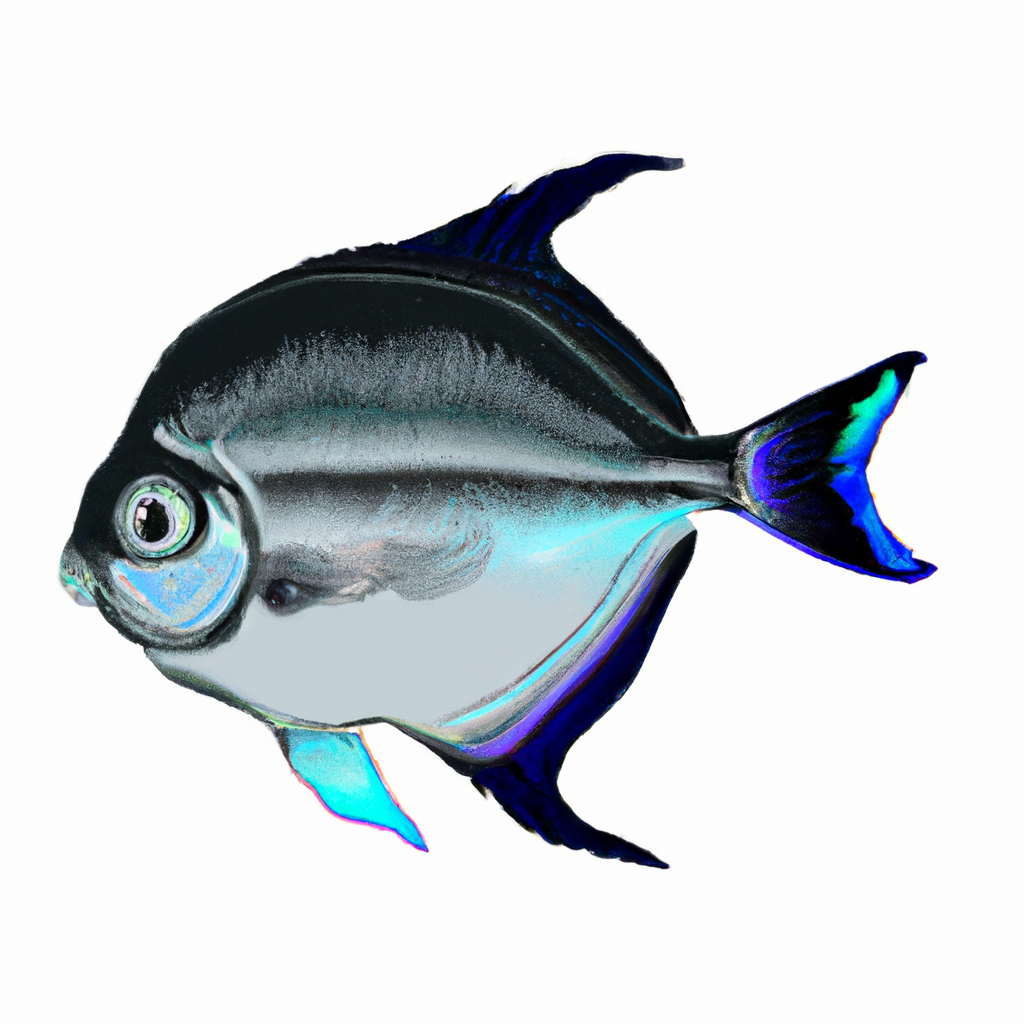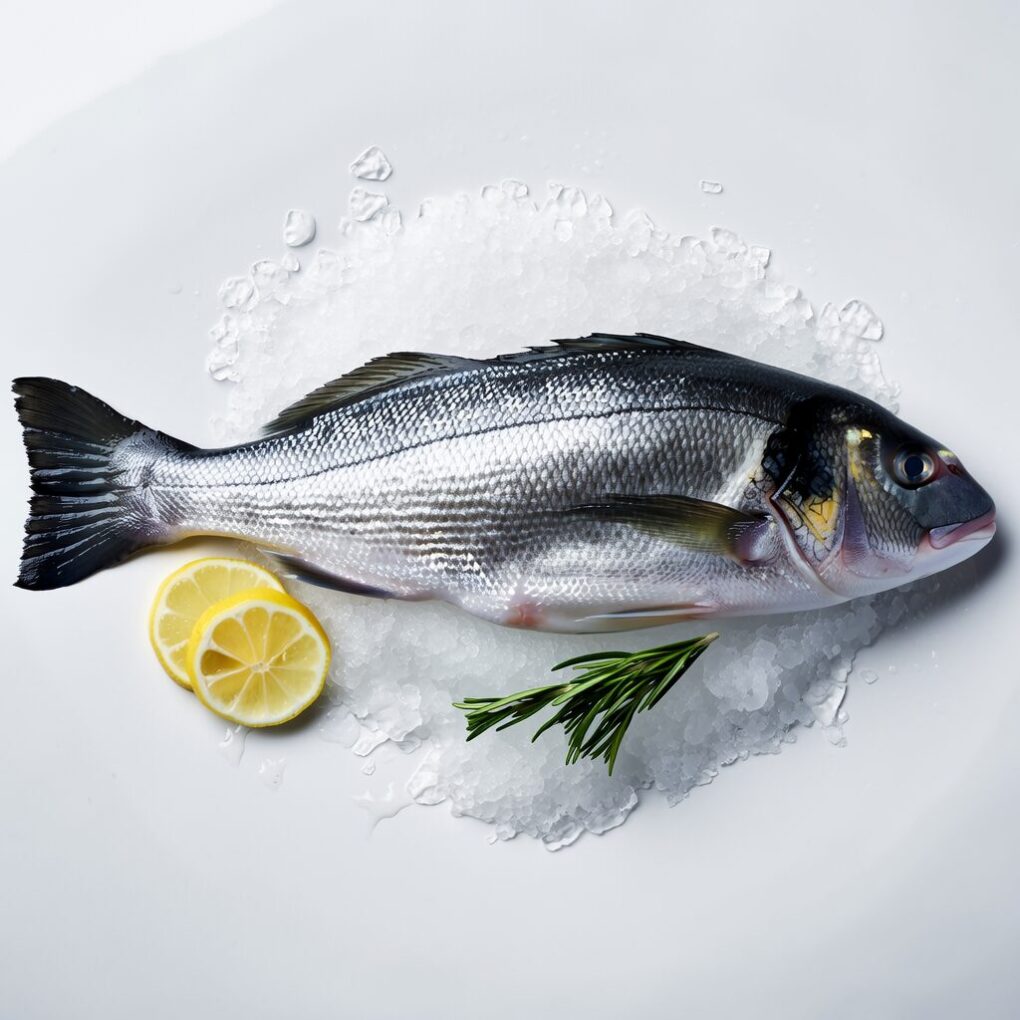African Pompano is also known as Alectis Ciliaris. It is a species that is highly prized by anglers because of its unique appearance and delicious flavor. This exotic fish is found in the warm waters of Indian and Pacific Oceans. It can be found on coral reefs and in other tropical marine environments. This comprehensive guide will take you on a journey through the fascinating world of African Pompano, and reveal all that you need to learn about this amazing species.
The Physical Characteristics Of African Pompano
The striking appearance of the African Pompano makes it a very distinctive fish. This fish has a large, silvery scale covering its deep, compressed body. Its dorsal ray is long and continuous. It runs almost the entire length. The anal fin, which is also long and continuous gives the fish a sleek appearance. African Pompano have a silvery color with a slight yellowish tint. They also have a series dark blotches on the sides of their bodies.
The Habitat and Distribution Of African Pompano
African Pompano can be found in tropical or subtropical water, where they prefer coral reefs, rocky outcrops and other structures which provide shelter. These fish are found in the Indian Ocean and Pacific Ocean, where they can be found near the coasts of Africa, Asia and Australia. African Pompano is a highly migratory fish species that can travel long distances to find food and suitable breeding areas.
The diet and feeding habits of African Pompano
African Pompanos are opportunistic eaters. This means they will eat many different prey items, depending on the available options. These fish feed primarily on small fish, invertebrates, and crustaceans that they find near or on the ocean floor. African Pompanos use their powerful jaws, sharp teeth and agility to catch and consume their prey. These fish are also known as nocturnal eaters, searching for food in the darkness.
The Reproduction and Lifecycle of African Pompano
The African Pompano is a pelagic breeder, which means that they release their eggs in the open water to be fertilized by external fertilization. These fish reach sexual maturation at around 2-3 years old, depending on the size of the fish and availability of food. The females of the African Pompano usually spawn in large numbers, releasing thousands at a given time. The eggs hatch in a few days and the larvae drift along with the currents until they are big enough to swim independently.
Conservation Status of African Pompano
African Pompano populations are declining due to their popularity with anglers and commercial fishermen. The meat of these fish is highly prized, and it is regarded as being of excellent quality. Overfishing and habitat loss have also contributed to a decline in African Pompano population, making it an important species for marine biologists and conservationists. African Pompano populations and their habitats are being protected and preserved.
The Importance and Function of African Pompanos in the Ecosystem
African Pompano are important in the marine eco-system, contributing to the balance and health of coral reefs as well as other tropical habitats. These fish are top-level predators, feeding on smaller invertebrates and fish to maintain the health of their ecosystem. African Pompano are also prey to larger predators such as dolphins and sharks. They play a vital role in the food chain.
The Best Ways to Catch African Pompano
There are some best practices you should follow if you want to catch African Pompano. Sport fishermen love these fish for their fighting abilities and delicious taste. It is important to use the correct gear and techniques when targeting African Pompano to increase your odds of success. Live baits, such as small shrimp or fish, can be used to attract hungry Pompano.
Tips for Catching African Pompano
It is important to use the correct tackle and equipment when fishing for African Pompano. These powerful fish can be difficult to handle. Pompano is known for its speed and agility. This makes them a difficult catch for even experienced fishermen. To withstand the powerful runs of African Pompano, it is recommended that you use a medium-to-heavy spinning rod with a reel and fishing line that are strong. A live bait rig with circle hooks is another way to get these fish to bite.
The Best Time to Catch African Pompano
The best time to catch African Pompanos is during the warm months, when they are most active and plentiful. Pompano are found in shallow water near coral reefs or rocky outcrops. They feed on small fishes and invertebrates. The waters off the coasts of Florida, the Caribbean and the Gulf of Mexico are some of the best places to catch African Pompano. These areas are rich with marine life, and Pompano thrives in these environments.
The Culinary Delights Of African Pompano
The meat of the African Pompano is highly regarded for its mild flavor and firm texture. This fish can be prepared in many different ways in the kitchen, including baking, grilling, and pan-searing. Pompano fillets contain a high amount of omega-3 fatty acid and protein. They are a healthy choice for seafood lovers. The meat of African Pompano contains low levels of mercury and other contaminants. This makes it a sustainable and safe option for eco-conscious customers.
Popular Recipes for African Pompano
Many recipes for African Pompano highlight the delicate flavor and delicious texture of this delicious seafood. Pompano can be cooked in a variety of ways, including grilling, broiling and sauteing. These methods bring out the natural flavor of the meat. Pompano pairs well with a variety seasonings, including garlic, lemon and fresh herbs. There are many ways to prepare this versatile fish. You can grill it with a citrus-based marinade, or pan-sear it with a garlic butter.
Health Benefits of African Pompano
African Pompano is not only delicious but also offers many health benefits to those who consume it. This fish is a great source of lean proteins, which are essential for building and maintaining muscle tissue. Pompano also contains omega-3 fatty acid, which is known to improve heart health and reduce cardiovascular disease risk. Eating African Pompano helps to lower cholesterol, improve brain function and enhance overall health. African Pompano’s high nutritional value and delicious flavor make it a healthy choice for seafood lovers.
The Future of African Pompano
Conservationists and marine scientists must take action now to protect and preserve the African Pompano species, as their populations are declining due to overfishing. There are efforts underway to establish marine protection areas and conservation measures which will help restore Pompano population and ensure their survival on a long-term basis. By raising awareness of the African Pompano’s importance and the threats they face, we can all work together to protect the future of the fish and the fragile eco-systems that they call home.
Conclusion
African Pompanos are a unique and fascinating species of fish. They are highly valued for their striking appearance, delicious flavor, and important role within the marine ecosystem. There is a lot to learn about this fish, from its physical characteristics and habitat preferences, to its feeding habits and conservation status. African Pompano is a fish that everyone can enjoy, whether you are an angler or a seafood lover. We can protect and preserve Pompano population by working together. This will ensure that this species continues to thrive in the future.




